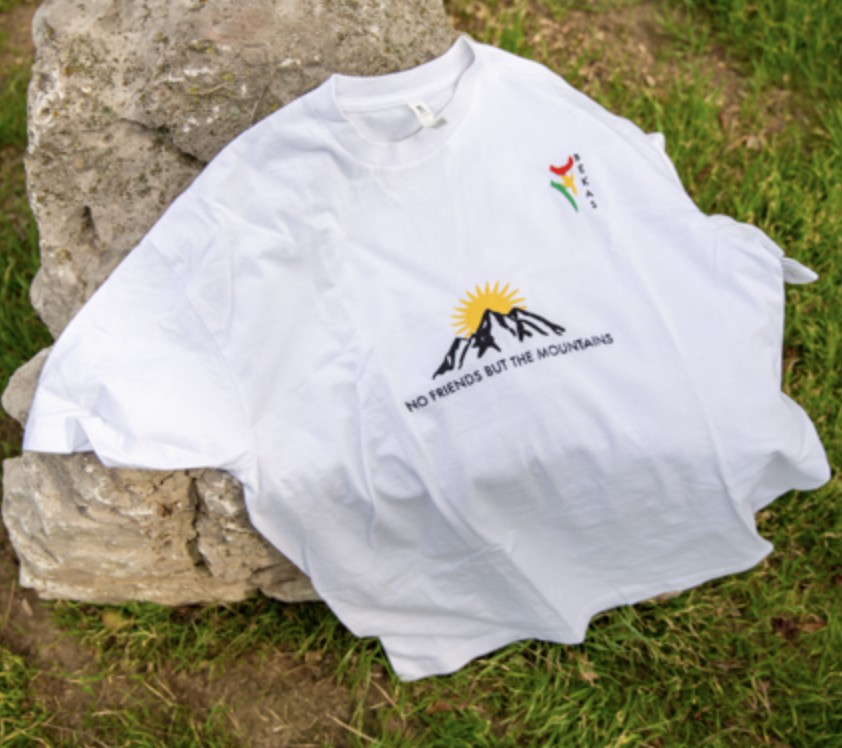Nestled amid the craggy splendor of the Kurdistan Region of Iraq (KRI), perched atop rugged Mount Korek, lies a testament to human ambition and scientific ingenuity, all with a touch of cosmic wonder. The Korek Observatory, a celestial gem in the Kurdistan Region, serves as a beacon of curiosity and a symbol of resilience in the face of adversity. Here, in this remote corner of the world, the stars whisper their secrets to astronomers who venture to unlock the mysteries of the universe.
Azhi Chato, a Kurdish astronomer and President of the Kurdistan Astronomical Association, regales us with the remarkable history of the Korek Observatory. Now abandoned, this impressive scientific institution traces its origins to the early 1970s, when Iraqi President Ahmed Hassan al-Bakr gathered a group of scholars to explore the cosmos. The dream was daring: to construct an astronomical observatory in Iraq that could rival the best in the world. With a whopping $170 million allocated for the project, this ambitious endeavor aimed for the stars.
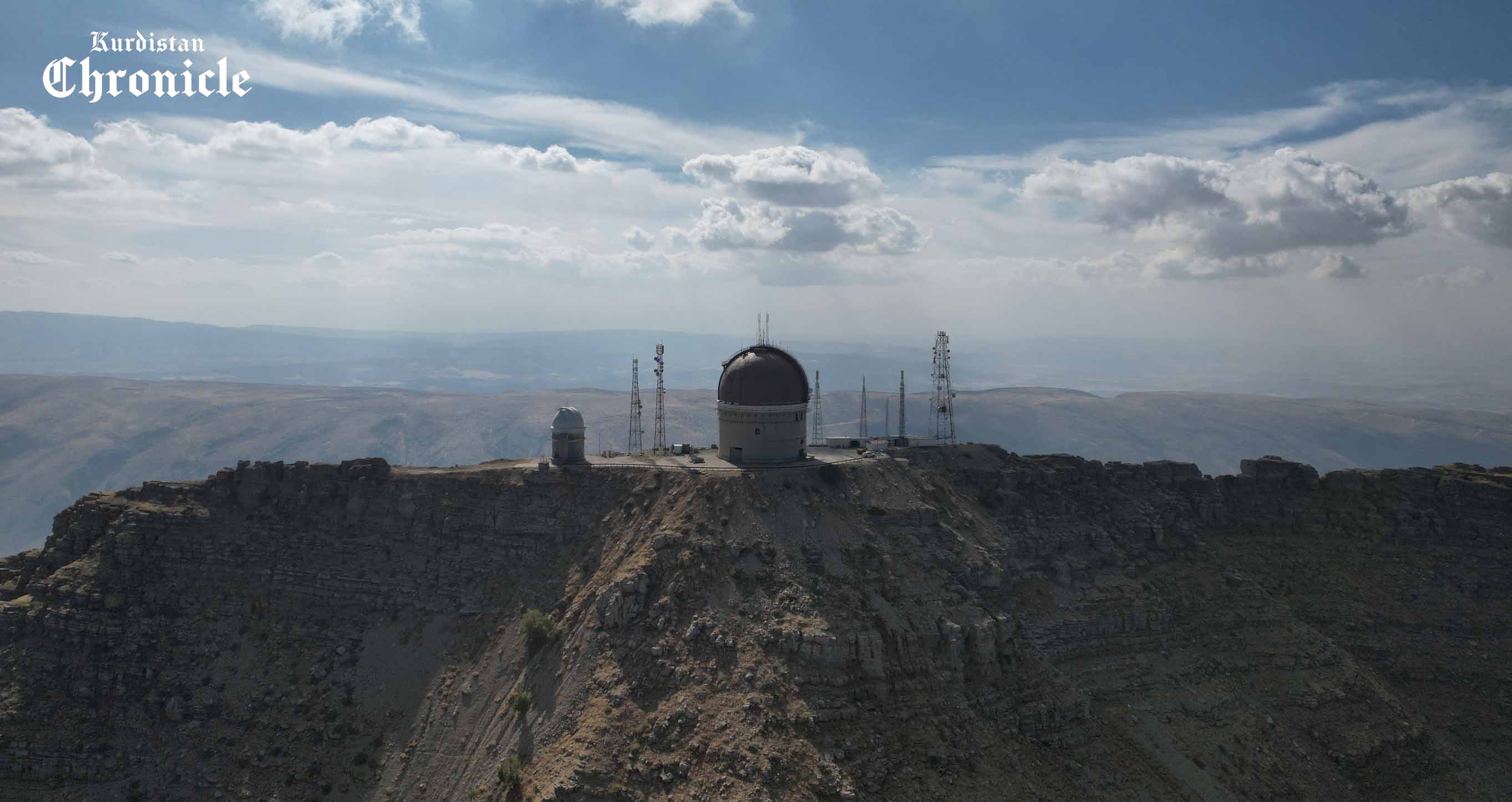
Chato stated that the project involved global collaboration, with scientific teams from the Soviet Union, Egypt, and the United States converging on Iraq to assess potential sites. The observatory was initially intended to be called the Iraqi National Astronomical Observatory. As the teams embarked on an extensive survey, they faced inclement weather as they considered various locations, including Mount Sinjar, at an elevation of 1,500 meters. However, the unpredictable forces of nature led them to Mount Korek, some 2,127 meters above sea level.
Following exhaustive research, the astronomers discovered that Mount Korek was indeed a celestial paradise, boasting 250 to 252 clear nights each year. In the realm of astronomy, such clarity is a treasure beyond compare, according to Chato. The choice was clear: Mount Korek was destined to become a hub for astronomical exploration. The crystal-clear skies over Mount Korek provide a glimpse into a world where celestial bodies reveal their secrets without the hindrance of light pollution or atmospheric interference.
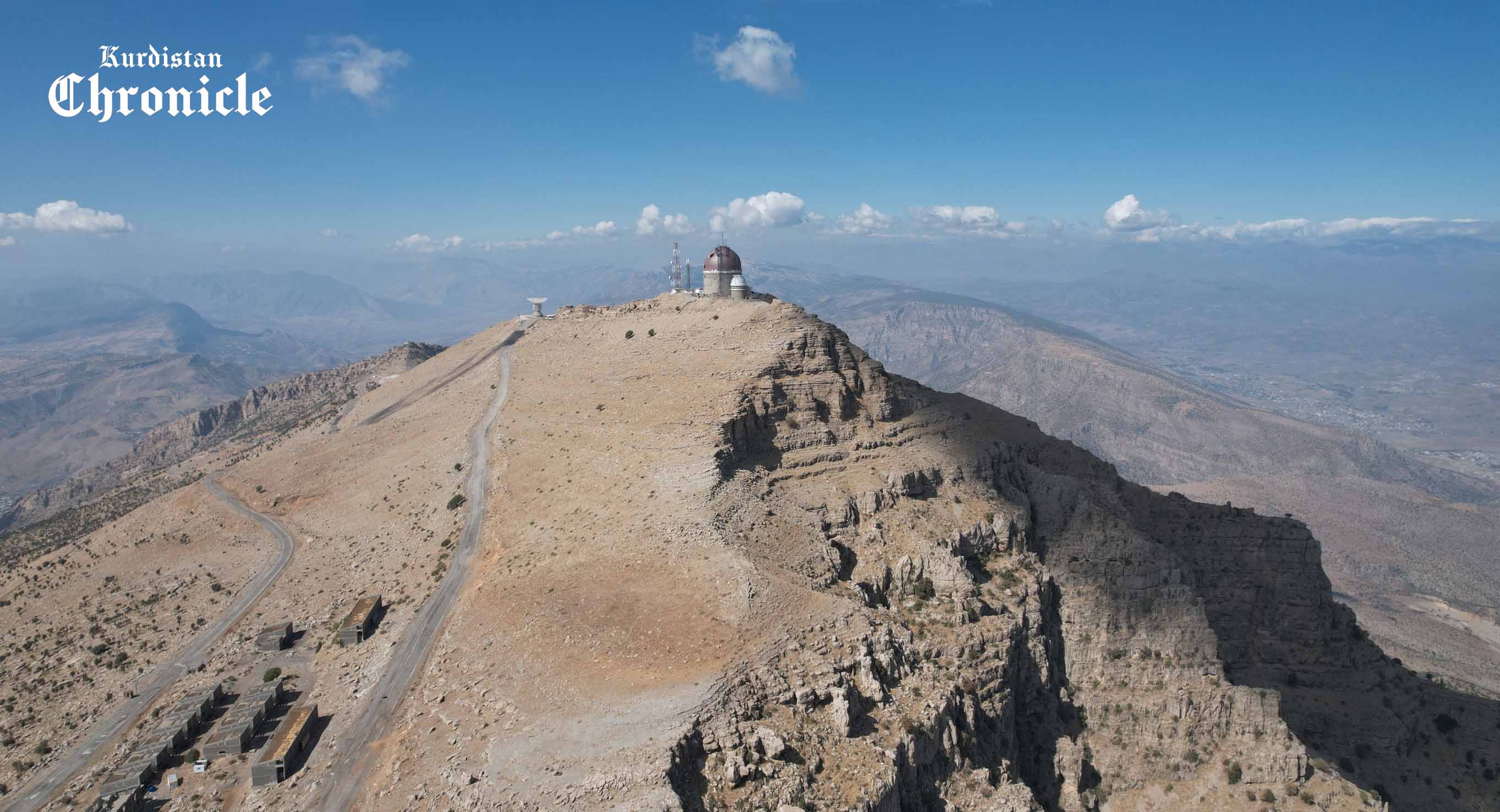
Astronomy and more
The Korek Observatory is not merely an astronomical edifice; it is a comprehensive scientific complex divided into multiple parts. The scientific complex is divided into three sections, with two optical telescopes beckoning stargazers and a radio observatory receiving waves imperceptible to the human senses. Chato stated that the complex also features residential units, museums, tunnels connecting departments, a science club, a gym, a games hall, a science laboratory, and an administrative department. Every structure adheres to international standards, thanks to German companies Friedrich Krupp, Liebherr, and Zeiss.
One of the crown jewels of the observatory is a reflecting telescope with a diameter of three and a half meters. In 1983, it ranked thirteenth globally in terms of size. Manufactured by ZEISS, the Korek mirror, weighing a colossal five tons, exemplifies precision and quality.
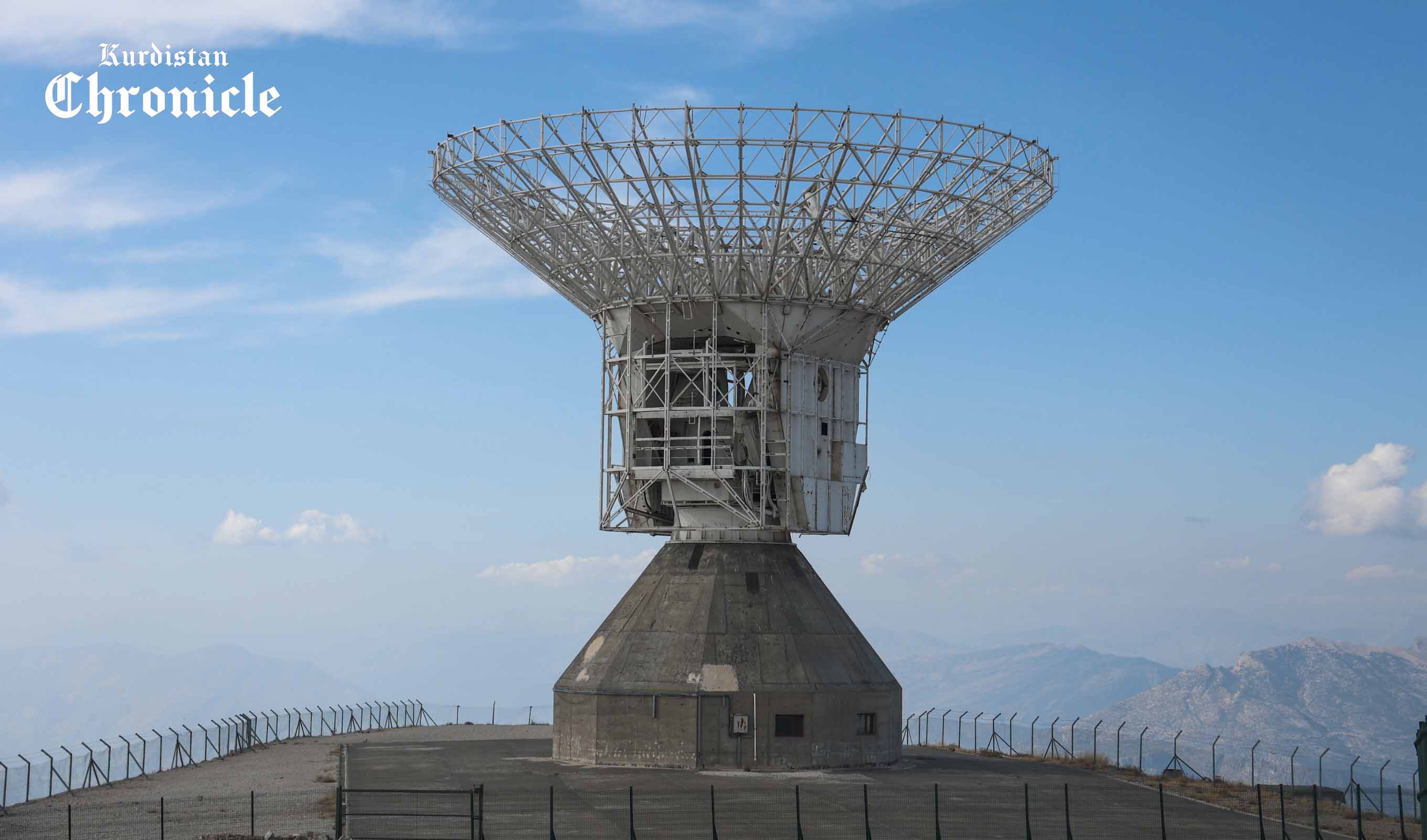
The dome cradling the telescope spans 15 meters in diameter and 18 meters in height. Inside, various laboratories facilitate image capture and analysis, making it an astronomical laboratory of unparalleled capacity.
A smaller dome houses a telescope with a 1.25-meter mirror diameter, with a dome the size of a three-story building. The third part of the project, the radio telescope, has the capacity to capture millimeter waves and sound waves from the cosmos. It was built by was created by Coupe and Mann. At 30 meters in diameter, it was a mammoth of its time.
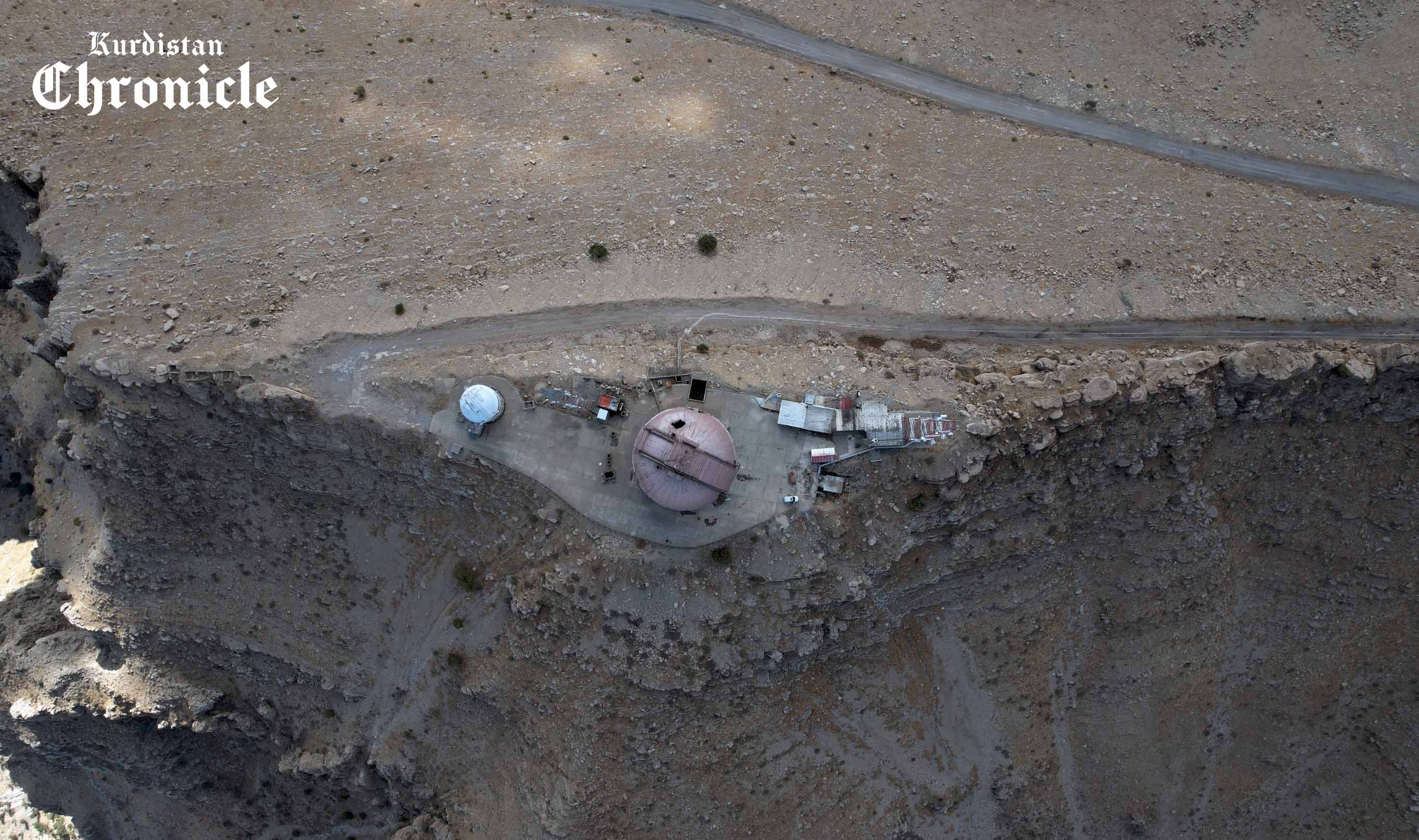
Hope for renewal
Tragically, the dreams that soared among the stars were grounded by the harsh realities of war. In 1985, during the Iran-Iraq War, the project was struck by three missiles, causing severe damage to the radio telescope. Despite these setbacks, the legacy of the Korek Observatory lives on, a testament to human resilience and to the limitless curiosity of the human spirit.
In the early 2000s, a glimmer of hope emerged. American astronomer Mike Simmons, founder of Astronomers Without Borders, visited the observatory, capturing its essence in a January 2007 article in Scientific American titled “Seeing Stars in Iraq.” Simmons’ hope was that this astronomical haven could be restored to its former glory, fostering a renaissance of scientific inquiry in the region.
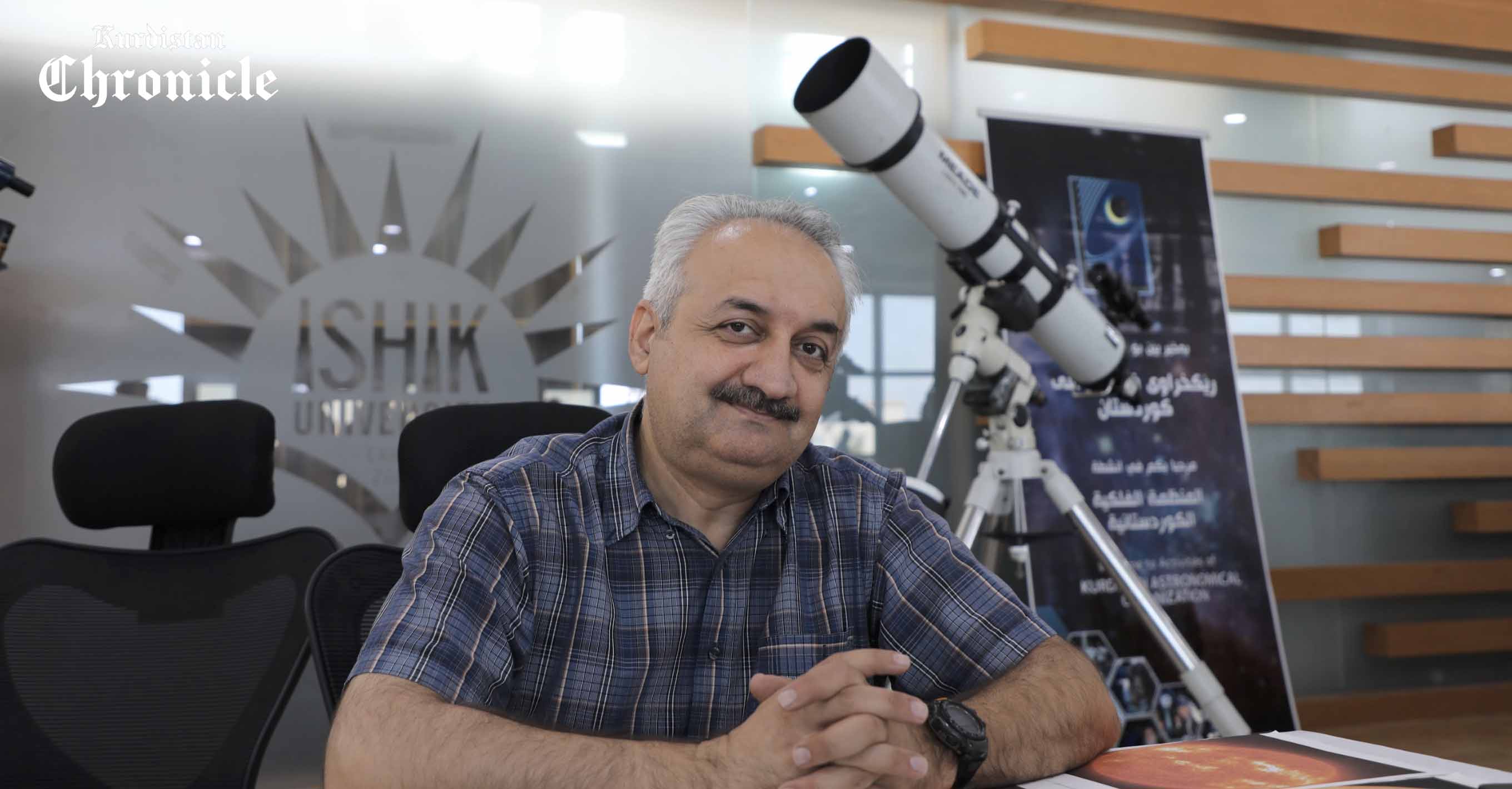
Hogir Chato, President of the Kurdistan Astronomical Association
Yet, the road to revival is not without its challenges. Chato and his team have worked to garner support from both Iraqi scholars and government authorities, but political differences have often impeded progress. The renovation project requires an estimated $35 to $40 million to breathe new life into the observatory, with the potential to transform Erbil into a global hub for astronomy.
The Korek Observatory remains a symbol of perseverance and an invitation for the world to join hands in unlocking the mysteries of the universe. As it stands on the precipice of revival, this celestial gem in the heart of the KRI offers an opportunity to foster scientific tourism, encourage global collaboration, and inspire the next generation of astronomers.
In the shadow of Mount Korek, the stars whisper their secrets, waiting for the day when humanity will return to gaze upon the cosmos once more.
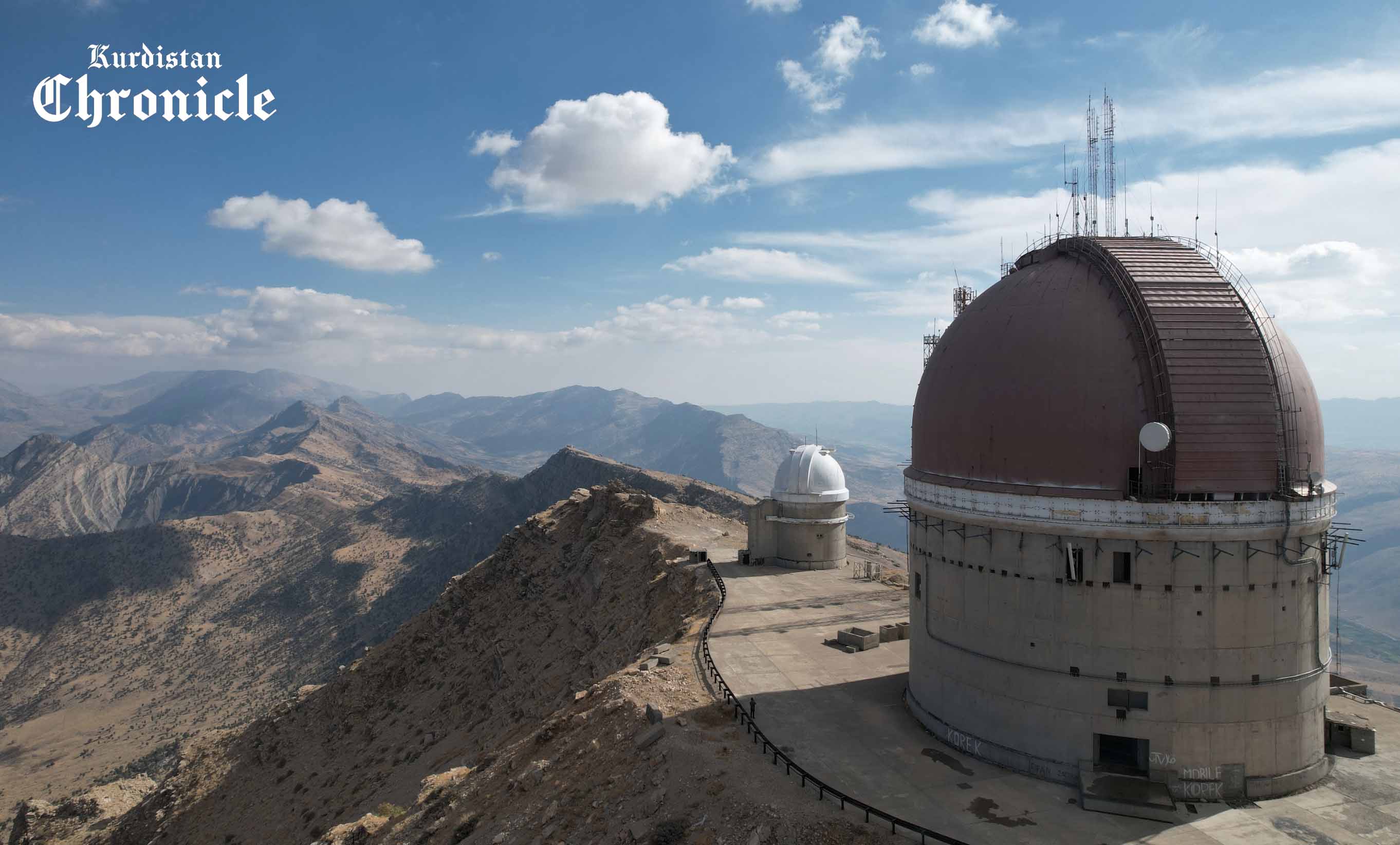
Sabr Salih is a journalist based in the Kurdistan Region.

